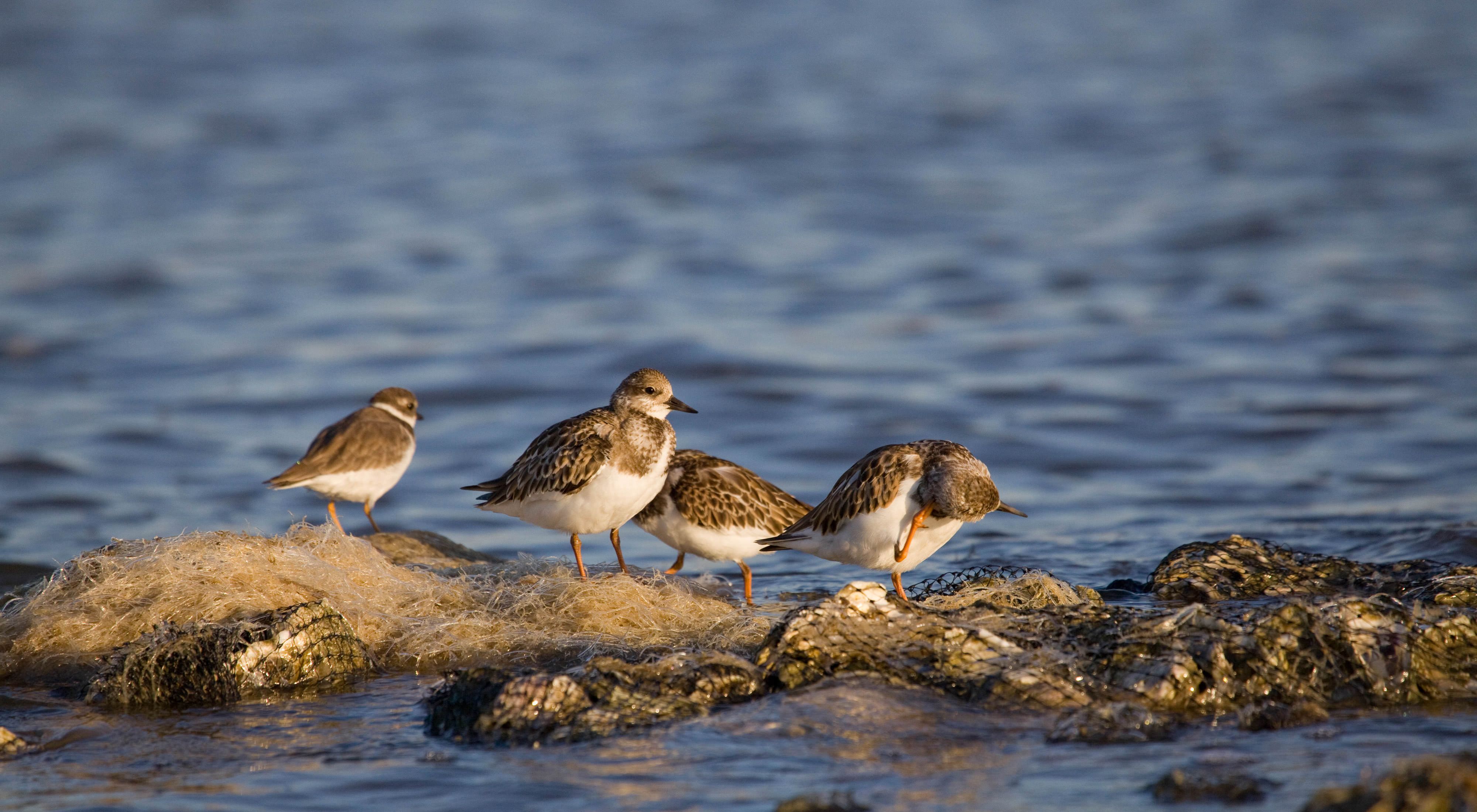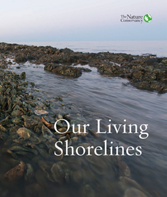Since 2005 The Nature Conservancy and our partners have worked with stakeholders to install more than 9 miles of reef at 17 locations across the Alabama Gulf Coast. This work, done in part with the support of 1,868 volunteers, represents more than $28 million spent to protect and restore the coast, and has partly supported 152 jobs at two projects tracked in Alabama. Another four projects, encompassing almost three miles, have been approved at a cost of approximately $31 million for construction in the next couple of years.
Read our full report
Read more about ten living shoreline projects:
-
The project created 0.4 miles of oyster reefs and protected approximately 4 acres of marsh habitat, while limiting erosion along approximately 4,471 feet of shoreline.
DOWNLOAD -
Five reef segments were placed approximately 100 ft from the shoreline, and restored over .02 acre of reef breakwater and living shoreline habitat.
DOWNLOAD -
Twenty-three reef pyramids were placed approximately 40 ft from the shoreline, and restored more than .1 acre of breakwater and living shoreline habitat.
DOWNLOAD -
This project created oyster reefs that protected approximately 10 acres of seagrass and marsh habitat, while limiting erosion along approximately 1.02 miles of shoreline.
DOWNLOAD -
These were the first projects completed by The Nature Conservancy in Alabama involving private landowners who wanted to find alternative solutions to traditional shoreline armoring to help protect their shorelines.
DOWNLOAD -
Two projects serve as demonstration sites and provide real-world examples of nature-based shoreline protection to interested stakeholders, like land owners, regulatory agencies, and local municipalities.
DOWNLOAD -
The Nature Conservancy, working with its partners, placed 1,100 ft of reef segments about 100 ft from the shoreline to protect the natural shoreline.
DOWNLOAD -
In 2013, The Nature Conservancy placed four reef segments about 80 ft from the shoreline, restoring over .1 acre of reef breakwater and living shoreline habitat.
DOWNLOAD -
At about 5 miles in length, the Swift Tract shoreline represents one of the longest continuous stretches of undeveloped shoreline in Mobile Bay. This project restored over 3/4 acre of reef breakwater and living shoreline habitat.
DOWNLOAD -
Forty-one reef pyramids were placed approximately 10 feet from the shoreline, restoring over .02 acres of reef breakwater and living shoreline habitat.
DOWNLOAD

